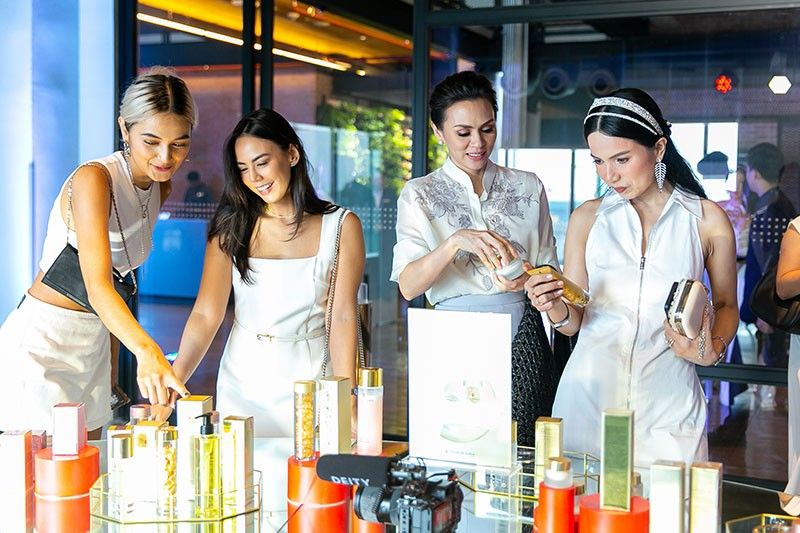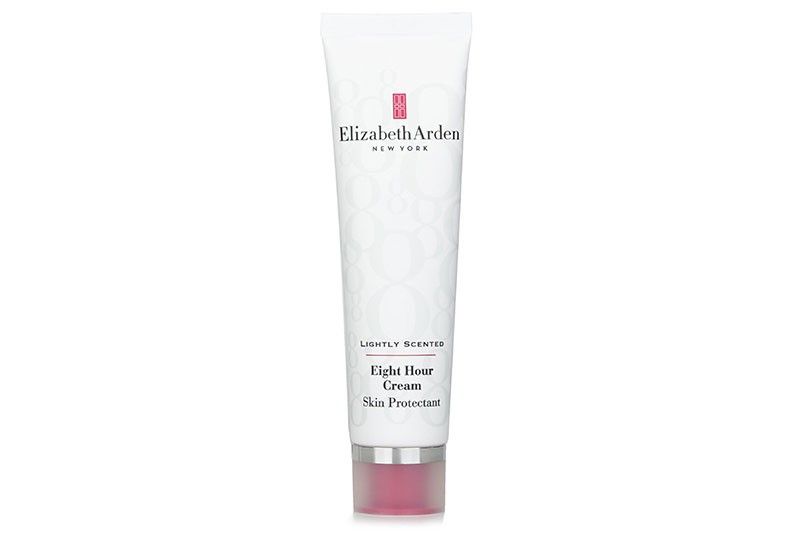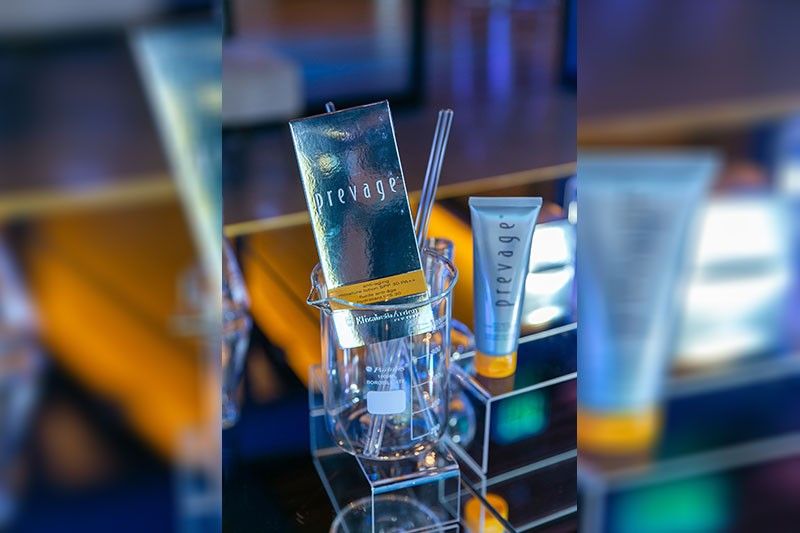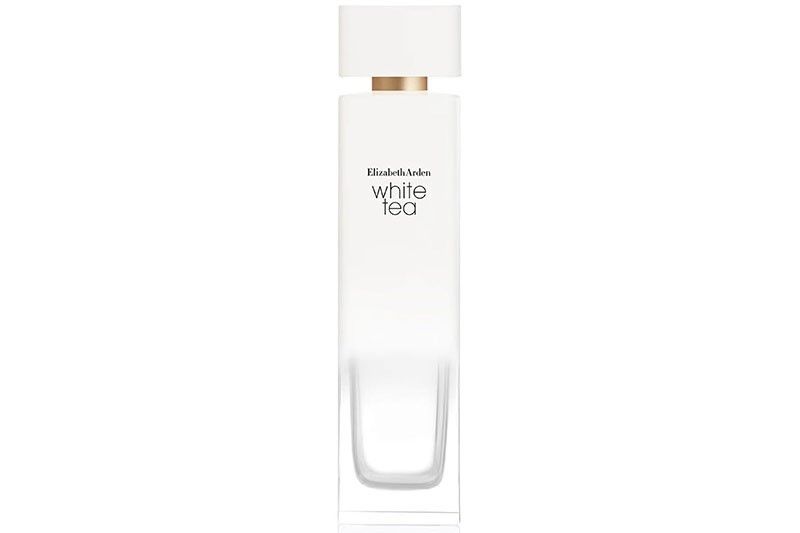What’s behind the red door?

Before there was Elizabeth Arden, there was Florence Nightingale Graham — a nursing student from rural Canada who believed that “to be beautiful is the birthright of every woman.” Today, beauty is a $100 billion industry, but when she opened her first Red Door salon in New York in 1910, it was subversive to even think so. The pursuit of beauty was something considered vulgar, reserved for the “working girls” in the entertainment industry and red light districts; it was frowned upon to aspire to be perceived, to become. But during the pivotal women’s right march in 1912, Graham knocked that stifling belief on its head and handed out red lipsticks that matched women’s armed forces uniforms during World War II and reclaimed the narrative. Beauty not only became appropriate — it became empowering.
Graham is pivotal to the way beauty, as we know it, is now marketed. The nourishing approach we see in so many brands now was something Graham foresaw in nursing school, seeing the potential of burn creams and skin salves as beauty creams and lotions. After countless experiments in her family kitchen, she followed her brother, a bookkeeper, to a pharmaceutical company in New York, learned about the chemistry of skincare in their lab, worked as a “treatment girl” for a beauty culturist (what we know of today as aestheticians), and continued her education in Paris, where she learned about facials and rouges.
Sometime in 1909 she partnered with beauty culturist Elizabeth Hubbard, where the brand’s first name comes from. While their business relationship dissolved in 1910, Graham kept Hubbard’s first name to save on her salon signs, and took the name Arden from a nearby farm as her trade name.
Known as Miss Arden ever since, she was the first to introduce eye makeup to the women of America and pioneered the “makeover,” developed the first travel-size beauty products, and was the first in the cosmetics business to train and send out demonstrators and saleswomen. By the 1930s, only three American names were known in every corner of the globe: Singer Sewing Machines, Coca-Cola, and Elizabeth Arden.
Graham’s pioneering spirit lives on in her skincare line today. These are my picks.

Eight-hour line
In his memoir Spare, Prince Harry famously recounted using Eight Hour Cream on his frostbitten penis taken from the vanity kit of his mother, the late Princess Diana. Legendary for a reason, the all-purpose beauty balm created by Arden herself in 1930 was used to moisturize, soothe, and protect, and as a makeup-free highlighter and brow and flyaway groomed.
The product gets its name from a friend of Arden’s, who applied it to her son’s scraped knee and noticed that after eight hours his skin was healed. The formula — a combination of skin-softening petrolatum (an effective occlusive agent), anti-inflammatory salicylic acid (a beta-hydroxy in one of its first cosmetic uses), and antioxidant vitamin E — has remained unchanged.

Ceramide capsules
Introduced in 1990, these capsules contain bio-engineered ceramides identical to those naturally found in the skin to deliver powerful anti-aging benefits in just a single dose.

Prevage line
The Prevage line is a standout for the proprietary ingredient Idebenone, one of the most powerful antioxidants in the skincare space that shields and rejuvenates the skin, effectively addressing signs of aging and environmental damage.

Tea-inspired fragrances
If the minimalist ‘90s were described as a scent, Elizabeth Arden’s Green Tea perfume would be it. She has since expanded the range with White Tea fragrances that draw inspiration from the first sip of tea. A bestseller to this day, it’s proof that simplicity will always be in style.
***
Elizabeth Arden is exclusively available at Rustan’s Makati, Shangri-La, Alabang, Gateway, and Cebu. Follow @elizabetharden.ph and @rustansthebeautysource for updates.
















